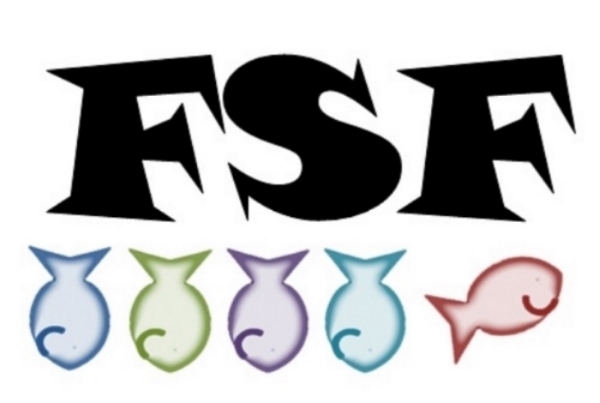I confess that I tend to stick with older vampires novels then new. Yes, I did read Twilight and, of course, the Vampire Chronicles (Anne Rice- I salute you). However, I get tired of the brooding, sexy vampire. Sorry Angel and Spike. You know I loved you once.
So here is a list of truly monster ohs blood sucking fiends:
Lord Ruthven of John Polodori’s The Vampyre is sort of a cheat for this list. Yes, he’s a sexy monster, but he is not brooding. He is a confident and devious hunter who the reader never feels pity for. He had been created the same opium-induced night one of my idols, Mary Shelley, first conceived of Frankenstein and his creature. Rumor has it that Polidori based the predator of women and men upon his “friend” Lord Byron. It makes sense. Both had a habit of using people up for their own pleasures.
Any vampire designed by Gueriermollo del Toro makes this list because they are ugly, gruesome harbingers of death. Enough said.
Lilith, first wife of Adam from Hebrew mythology, is imagined somewhat vampiric in this bizarre tale by Victorian fantasy writer George MacDonald. The book takes place in a version of purgatory where Lilith feeds of the innocent along with her blood sucking tiger. She is beautiful but seems so awful as to be unredeemable. And yet Adam and Eve who occupy the same the world are in a battle to save her. It’s all very allegorical and philosophical, yet makes Lilith pretty darn scary.
The 1922 silent film Nosferatu introduced the world to Count Orok, the twisted, pointy eared equivalent of Dracula (there was a copyright battle with Bram Stomer’s widow). He is a legendary beast, designed by the oldest vampire folklore. He is not handsome or suave. He is a demon with a plan, not a lovelorn and conflicted baddy.

